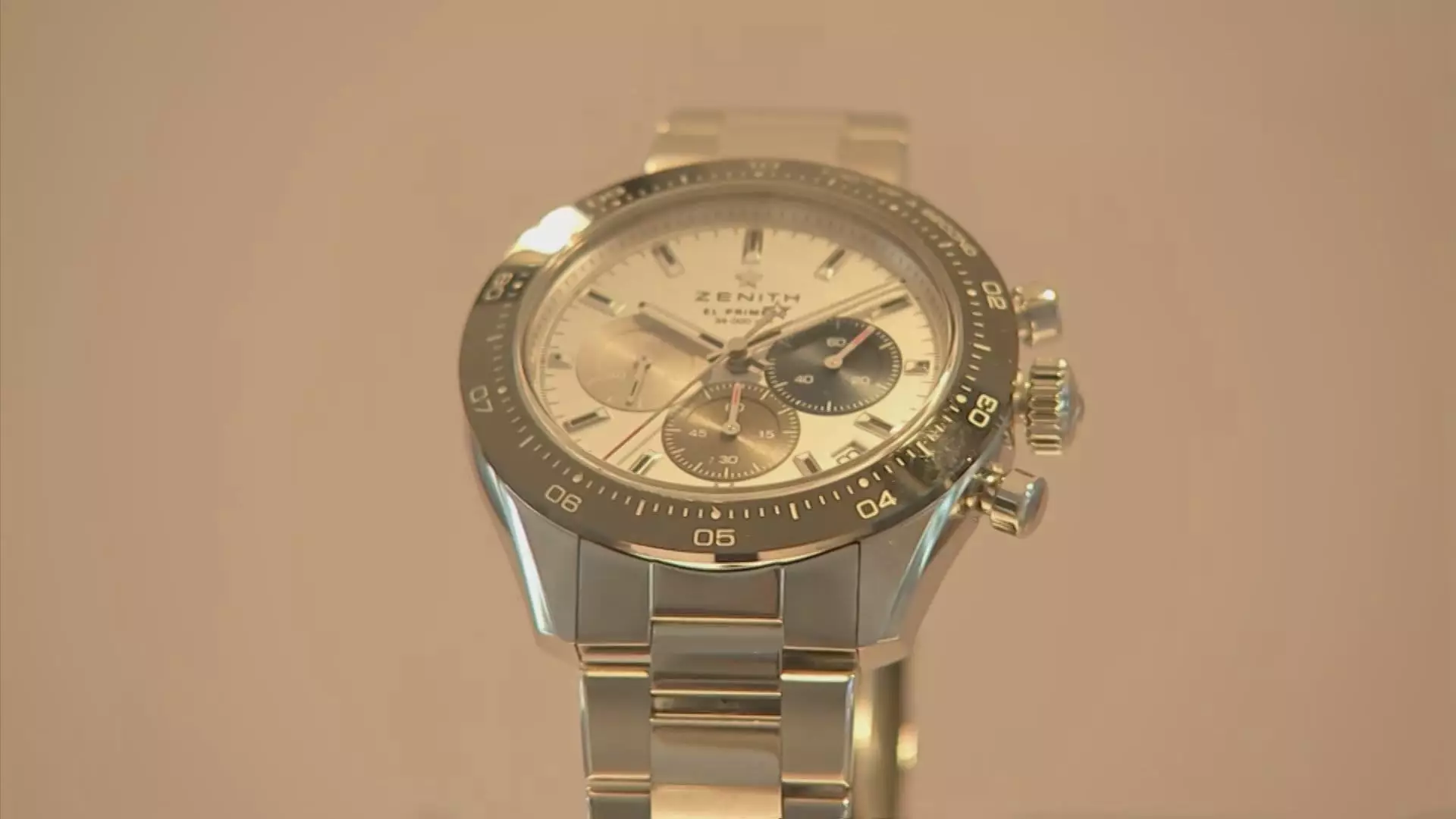Luxury giant LVMH is making a strategic move to expand its presence in the global luxury watch business. With the formation of a new watch division and the introduction of higher-priced models, LVMH aims to capture a larger market share in the industry. The worldwide sales of luxury watches are estimated to reach $30 billion this year and are projected to grow to over $37 billion by 2032, driven by the rising global wealth and the increasing interest of Generation Z and millennials in high-end mechanical watches. LVMH’s jewelry and watch division reported sales of $11.8 billion in 2023, reflecting a 7% organic growth.
LVMH now boasts a portfolio of 10 watch brands, including well-known names such as TAG Heuer, Hublot, and Zenith. In addition to these dedicated watch brands, LVMH also features fashion and jewelry brands like Louis Vuitton, Bulgari, and Dior, which have expanded into the watch market. By leveraging its diverse brand offerings, LVMH aims to cater to a wide range of consumer preferences and capture different segments of the luxury watch market. Furthermore, last month, LVMH appointed Frederic Arnault, the 29-year-old son of LVMH Chairman and CEO Bernard Arnault, as the CEO of LVMH Watches, overseeing the TAG Heuer, Hublot, and Zenith brands. Frederic Arnault’s focus on innovation, cutting-edge materials, and creative designs is expected to bring fresh perspectives to the overall brand group.
During LVMH’s Watch Week in Miami, the CEOs of the brand’s watch divisions expressed optimism about the upcoming year. They believe that 2024 will be stronger than the previous year, as the concerns over rising interest rates and recession subside. The American luxury consumer has displayed resilience, and LVMH executives are encouraged by this trend. The cyclical nature of the American market provides opportunities for growth, with short cycles of ups and downs. This positive sentiment aligns with the broader luxury market where the wealthiest consumers remain the strongest. The affluent demographic is less affected by economic uncertainties, making them a key target for luxury watch brands.
LVMH recognizes the potential of the women’s watch market and is actively targeting this fast-growing segment. Although women’s watches currently account for about a third of total sales, there is a surge in women’s interest in luxury mechanical watches. This increased interest can be attributed to greater exposure on social media and the availability of models specifically designed for women. Furthermore, the rising global population of wealthy women, including self-made and inheritors, is contributing to the growth of women’s luxury watch sales. LVMH anticipates a shift towards more feminine and unisex watches, reflecting the increasing power and purchasing capacity of women.
The luxury watch industry is highly competitive, necessitating constant innovation in terms of materials, complications, and designs to capture market share and engage collectors. LVMH’s watch brands understand the importance of staying ahead by providing fresh experiences to their customers. TAG Heuer, known for its association with car racing, introduced the Carrera Plasma, featuring lab-grown diamonds, which became immensely popular. The brand also unveiled a teal-green Carrera Glassbox Chronograph, paying homage to a historic racing color. LVMH’s focus on reinvention and desirability sets it apart from other watch brands and groups. The Swiss watchmaking industry, known for its conservatism, is being challenged by LVMH’s forward-looking approach.
Many of the LVMH brands are drawing inspiration from their rich histories when developing new designs and models. Zenith’s Chronomaster Triple Calendar, inspired by a rare prototype El Primero watch from 1970, showcases the brand’s legacy. Additionally, Zenith places an emphasis on delivering value to younger watch buyers and collectors. While the brand offers highly complicated watches, it strives to maintain competitive pricing. Jean-Christophe Babin, CEO of Bulgari, highlights the growing interest in high-end products among the wealthy. The appeal lies in the investment potential and timelessness of authentic and reputable brands. Bulgari’s expansion into high-end jewelry, watches, and bags is a testament to this trend.
LVMH’s strategic efforts to gain a larger share of the global luxury watch business are underpinned by several key factors. The projected growth of the luxury watch market, the multi-brand approach, and the focus on women’s watches position LVMH for success in the years ahead. The company’s commitment to innovation and design excellence sets it apart from competitors, while the preservation of heritage and value proposition appeal to discerning consumers. As LVMH continues to adapt, reinvent, and target different consumer segments, it is well-positioned to capitalize on the evolving luxury watch industry.

Leave a Reply